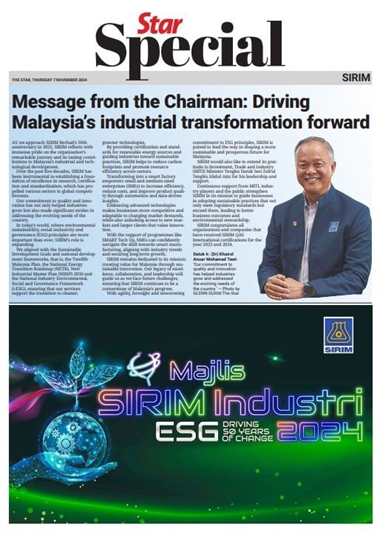
BEIJING (SCMP): Chinese scientists have used embryonic stem cell engineering to create the first mice with two fathers to reach adulthood, which has also revealed a possible way to enhance the developmental potential of embryos.
While scientists successfully created mice with two female parents over two decades ago, achieving the same feat with two male parents has proven a challenge.
The latest development was made possible through the targeted genetic engineering of imprinted genes. Those genes are typically expressed from only one copy from either the mother or father while the other copy is silenced.
“We show that correcting 20 imprinted loci enables the development of viable bi-paternal mice,” the team led by scientists from the Chinese Academy of Sciences wrote in a paper published in the peer-reviewed journal Cell Stem Cell on Tuesday.
“These findings provide strong evidence that imprinting abnormalities are the main barrier to mammalian unisexual reproduction,” Luo Guanzheng, co-corresponding author and a professor at Sun Yat-sen University in Guangzhou, said in a journal press release.
“This approach can significantly improve the developmental outcomes of embryonic stem cells and cloned animals, paving a promising path for the advancement of regenerative medicine,” Luo said.
While some animals such as certain species of lizards can create offspring through asexual reproduction, this has never been observed naturally among mammals.
When scientists began attempting to achieve this artificially decades ago, they did manage to create bi-maternal embryos, but they would die once implanted into a uterus. It was eventually discovered that imprinted genes were the issue.
In normal mammalian reproduction, offspring will inherit one copy of each gene from each parent. Both copies of a gene can be expressed, or only one is expressed as occurs in genomic imprinting.
Imprinting plays a crucial role in development, and disruptions in imprinting patterns can have significant consequences for development.
In 2004, a team from the Tokyo University of Agriculture published a letter in the journal Nature that revealed they had successfully bred mice with two female parents by modifying an imprinted gene.
The Chinese scientists had previously deleted seven imprinted regions to create bi-paternal mice that were born non-viable, which helped lay the groundwork for their latest research.
Using bi-paternal mouse embryos, the team used engineering methods like gene deletions and frameshift mutations – which create insertions or deletions in a DNA sequence to shift the way it is read – to edit 20 key imprinting genes.
That enabled them to artificially create mice with two male parents.
Imprinting abnormalities can impede the development of embryonic stem cells and cloned embryos, so the researchers attempted to clone the bi-paternal mice. One of those cloned embryos developed to term – unlike any from ordinary mice.
Although the imprinting corrected bi-paternal mice could potentially help improve cloning outcomes, the team noted that attempts to breed offspring naturally from these mice were unsuccessful.
“Further modifications to the imprinting genes could potentially facilitate the generation of healthy bi-paternal mice capable of producing viable gametes and lead to new therapeutic strategies for imprinting-related diseases,” Li Zhikun, first author and a researcher at the CAS, said in the journal press release.
The team said there were still limitations in their research, including that only 11.8 per cent of the viable embryos were capable of developing to birth. And even among those that were born, few lived to adulthood. Most of those that did had a shorter lifespan and altered growth, according to the release.
Due to global ethical guidelines that prohibit the use of heritable genome editing for human stem cell-derived reproductive cells, it is not clear if this technology could be applied to human diseases.
The scientists said they would continue studying how the modification of imprinting genes can improve the developmental potential of embryos. They also plan to expand their research into larger animals like monkeys. - South China Morning Post











































